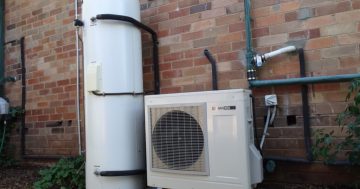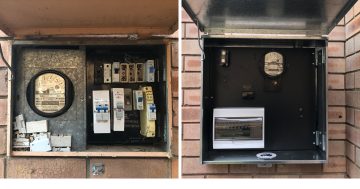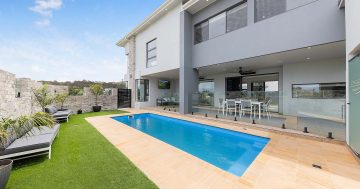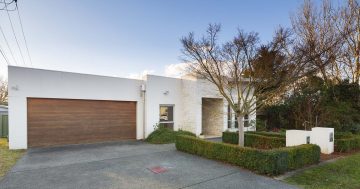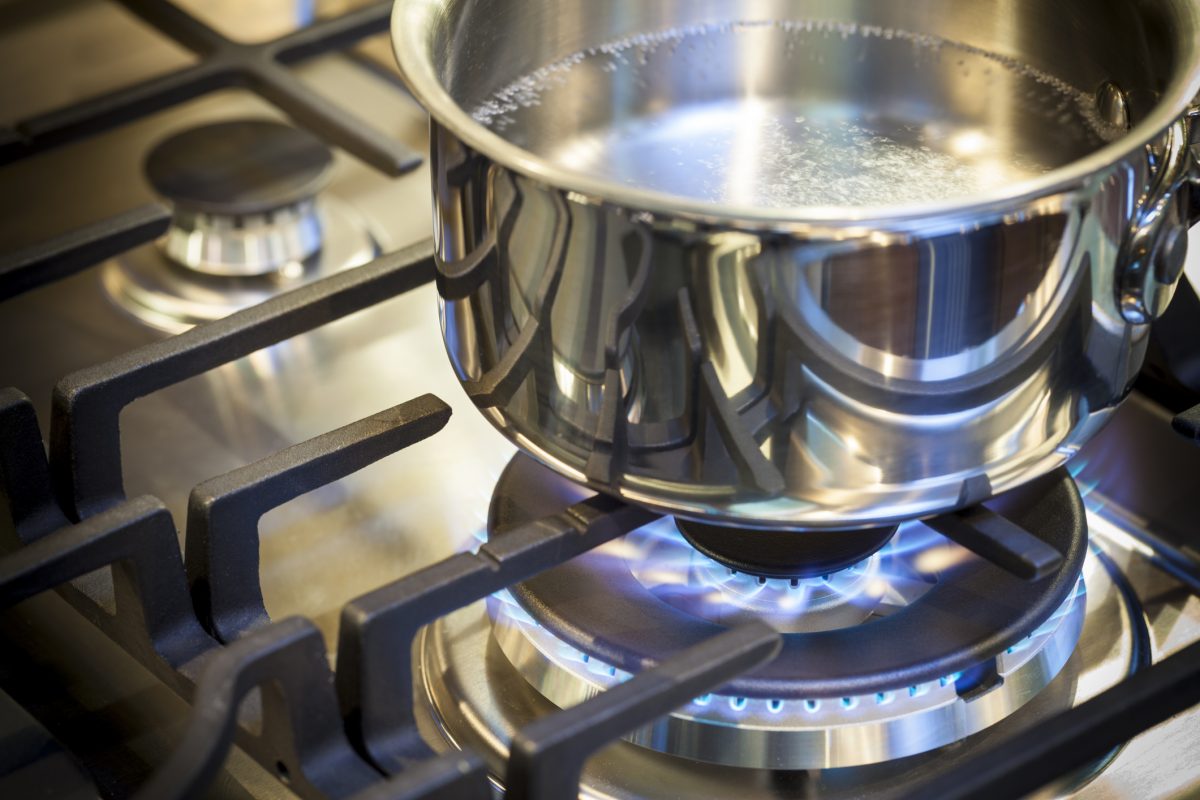
The key to buying appliances is doing your research and pre-checks. Photo: Bill Oxford.
When it comes to buying kitchen appliances, the range of options out there can be overwhelming. But by taking a few key things into consideration, you can save time, money, and costly corrections down the track.
Grae Munro from Detlev’s Electrical takes us through some simple tips for buying kitchen appliances.
Rangehoods
- The first thing you need to know is what kind of rangehood you currently have. Is your rangehood a canopy rangehood, undermount, universal fixed rangehood, or slide-out?
- Rangehoods are either ducted (releasing back into the atmosphere) or recirculated. You need to know what type your raneghood is, and if it is recirculated, you may want to purchase extra charcoal filters.
- The most important thing to do is pre-check all of the measurements of your current rangehood. You need to know the height of the internal unit if it’s a slide-out or undermounted rangehood, so you can match that with the new rangehood you select. Otherwise, you may need a joiner to adjust your cabinetry. You also need to check the width, and depth of the rangehood. Getting this right will help you avoid having gaps in the setting, which can look unappealing and be costly to correct.
Cooktops
- Is your cooktop gas or electric? If it’s electric, you need to check what the electrical requirements are, and if it’s gas, you need to know if it’s using a natural gas unit or LPG bottled gas, and the insulation requirements for each, which will tell you what the correct space is between the cooktop and your rangehood.
- It’s vital to measure the dimensions of the cut out in your bench top, where the cooktop will sit. If your bench is laminate, it’s fairly easy to adjust, however a stone benchtop will be harder. If your cooktop sits on top of your oven, also measure the depth between the top of the oven and the cooktop, to make sure you have enough airflow.
Ovens
- The first thing to determine is if your oven will be electric or gas, and what style of oven you want – for example, a pull down door, or a pull out door. This will depend on the space you’re working with.
- Check the dimensions of your cavity for where the oven will sit, and make sure you have an accurate measurement of height and depth, to ensure you can fit your preferred style. For example, if you want to go for a double oven, the height that you’re working with will be really important, or you may want to engage a joiner to adjust the cabinetry as needed.
Grae sums up the key things to remember: “Do your pre-checks, do your research, and engage the professionals.”












